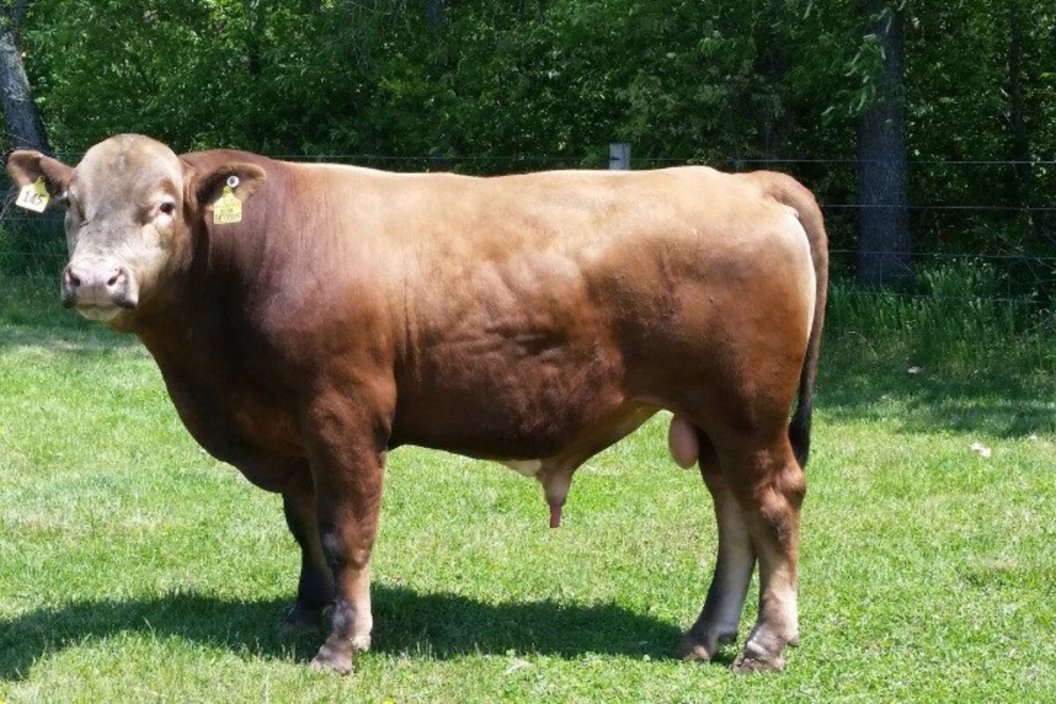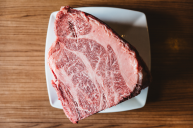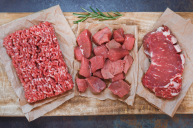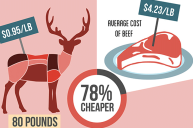According to a digitized print archive of a New York Times article, Beefalo was looked at as the "meat of the future". With lower calories and fat and higher protein, it seemed like the perfect meat to introduce to the United States kitchen. Not only was it a great alternative to ground beef, but it was also really fun to say.
Videos by Wide Open Country
What is a Beefalo?
Beefalo meat was first discovered by Californian DC "Bud" Basolo after crossbreeding American Bison with Domestic Cattle at a rate of 3/8ths bison and 5/8th beef cattle. This discovery came after farmers began to interbreed the bovine animals at a different ratio, creating Cattalo, however, cattalo was known to have poor fertility rates, making it hard to breed.
For ranchers, raising beefalo was easier. According to Bud Basolo,
Beefaloes were far heartier and more disease-resistant than cattle and able to withstand extreme cold and heat; they had no calving problems; they grew faster, reaching 1,000 pounds in nine to 12 months as opposed to 12 to 14 months for conventional cattle, and best of all, they required little or no grain feeding.
Compared to beef breeds and other cattle breeds, these new hybrid animals not only promised to be hardy but provide a meat quality higher than what you could expect from other beef animals.
However, in just a few short years almost all beefalo herds disappeared. Farmers were unable to prove their herd were true crossbreeds. It wasn't until the 1990s that science finally caught up and was able to analyze and document correct cattle to bison ratio. And on top of that, there were not enough registered bulls to go around and breed, drastically reducing the population of the animal.
Nevertheless, today's scientific advancements and the human-raised, grain-free trend is bringing the all-mighty beefalo back, and with it, delicious burgers.
Beefalo Today
Today the American Beefalo Association is promoting this North American bison hybrid as the next best meat to serve. The USDA has shown the new breed to contain nearly 1/3 the amount of cholesterol, 79% less fat, and 65% fewer calories than conventional beef, making it a great alternative.
While beefalo is growing in popularity, don't expect your grocery butcher to have any in stock. The easiest way to find beefalo near you is to go through the American Beefalo Association website and send a message asking where your closest beefalo farm is located.
This article was originally published on December 27, 2019.




